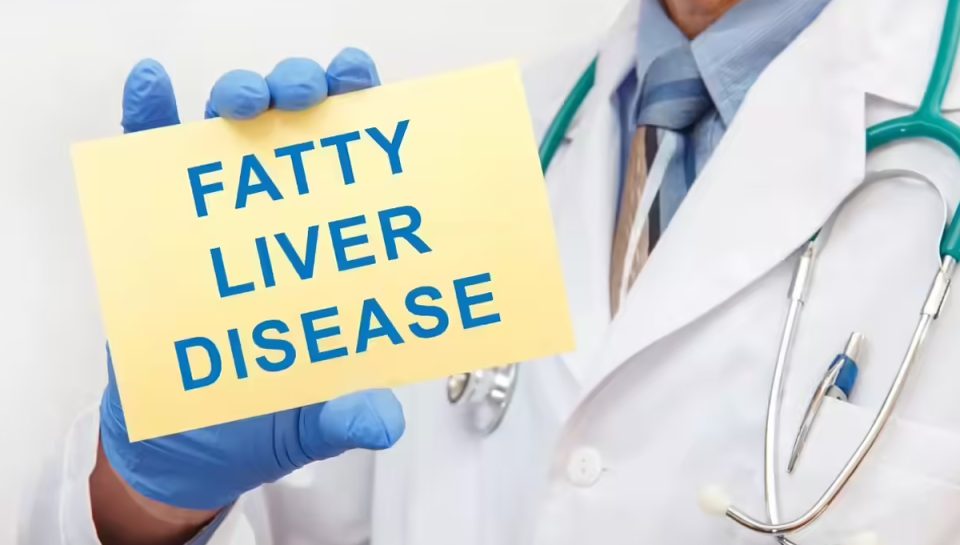Fatty Liver: Modern Diagnosis and Treatment with Huy N Trinh MD

Fatty liver disease, a condition where excess fat accumulates in the liver, is a growing health concern worldwide. While a small amount of fat is normal, too much can lead to inflammation, scarring, and serious liver damage. The good news is that advancements in medical science have introduced new, non-invasive diagnostic methods and a groundbreaking treatment, offering hope for patients.
Understanding Fatty Liver Disease
Fatty liver disease is now often referred to as metabolic dysfunction-associated steatotic liver disease (MASLD). A more severe form, which includes inflammation and liver cell damage, is known as metabolic dysfunction-associated steatohepatitis (MASH), formerly known as NASH (non-alcoholic steatohepatitis). If left untreated, MASH can lead to liver cirrhosis (advanced scarring), liver failure, and even liver cancer.
Modern Diagnostic Methods: Beyond the Biopsy
Historically, a liver biopsy was the only definitive way to diagnose and stage fatty liver disease. While still a valuable tool, modern technology has provided non-invasive alternatives that are less painful and more convenient for patients.
One of the most significant advancements is the use of transient elastography, a technology used in machines like the FibroScan and the FibroTouch by ILIVTouch. This method works by:
- Measuring Liver Stiffness: The device sends a low-frequency shear wave into the liver. The speed at which this wave travels is measured to determine the stiffness of the liver tissue. A stiffer liver indicates the presence of fibrosis (scarring), which is a key indicator of disease progression.
- Assessing Liver Fat: The machine also uses ultrasound to measure the Controlled Attenuation Parameter (CAP) or Ultrasound Attenuation Parameter (UAP). This measurement quantifies the amount of fat in the liver, providing a numerical score that helps doctors grade the severity of the fatty liver condition.
The ILIVTouch FibroTouch machine, and similar devices, have made it possible for us to screen and monitor at-risk patients without resorting to a biopsy, allowing for earlier detection and intervention.
Groundbreaking Treatment: The First FDA-Approved Therapy
For years, the primary recommendation for fatty liver disease was lifestyle modification, specifically, diet and exercise. While these remain crucial, a new era of pharmaceutical treatment has begun with the recent approval of the first-ever medication for MASH.
Madrigal Pharmaceuticals developed Rezdiffra™ (resmetirom), a drug that received accelerated FDA approval for the treatment of adults with noncirrhotic MASH who have moderate to advanced liver fibrosis. The drug works as a partial activator of a thyroid hormone receptor, specifically targeting the liver to reduce the accumulation of fat. Clinical trials have shown that Rezdiffra can improve liver fibrosis and resolve MASH in a significant number of patients.
This approval is a historic milestone, offering a new treatment option for patients who previously had no medication to directly address their liver damage. It provides a targeted therapy that, in conjunction with diet and exercise, can help improve liver health before the disease progresses to more severe stages.
The Path Forward
The combination of non-invasive diagnostic tools and targeted pharmaceutical treatments represents a major leap forward in the fight against fatty liver disease. Patients at risk, including those with obesity, high blood pressure, and type 2 diabetes, can now be more easily screened and, if needed, receive a therapy that directly targets the underlying disease. As research continues, the future for patients with fatty liver disease looks more promising than ever.

